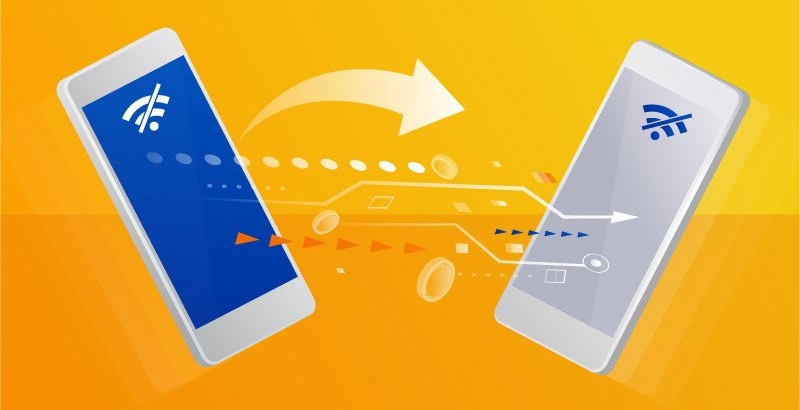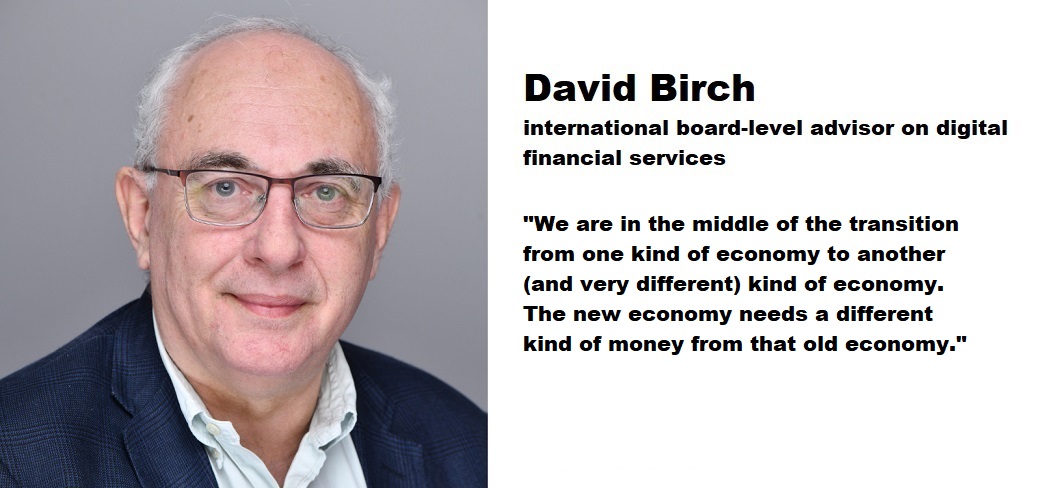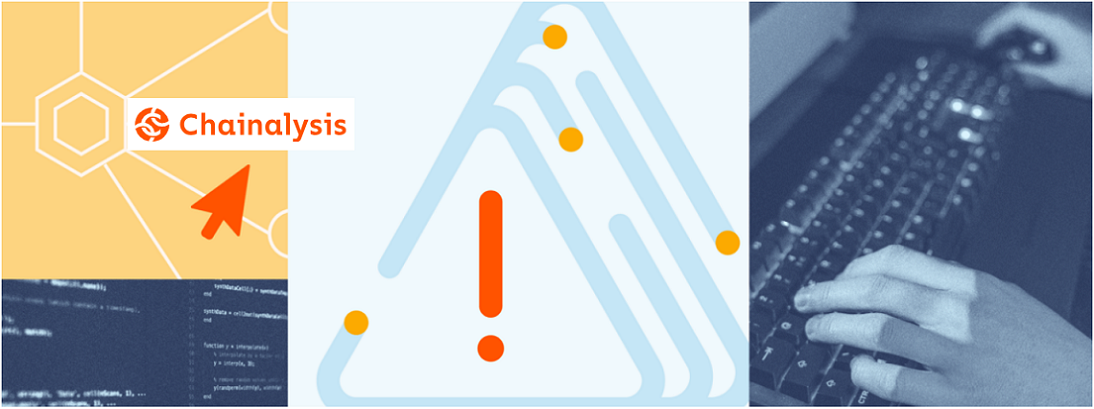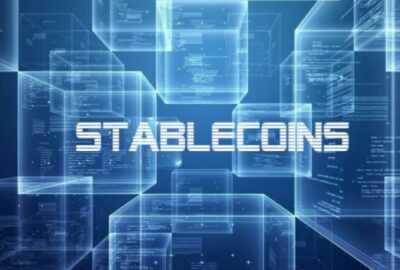Visa researchers propose an offline payment system protocol for Central Bank Digital Currency that allows a user to make digital payments to another user while both users are temporarily offline and unable to connect to payment intermediaries (or even the Internet)

Digital payments traditionally rely on online communications with several intermediaries such as banks, payment networks, and payment processors in order to authorize and process payment transactions. While these communication networks are designed to be highly available with continuous uptime, there may be times when an end-user experiences little or no access to network connectivity.
The growing interest in digital forms of payments has led central banks around the world to explore the possibility of issuing a new type of central-bank money, known as central bank digital currency (CBDC).
„To facilitate the secure issuance and transfer of CBDC, we envision a CBDC design under a two-tier hierarchical trust infrastructure, which is implemented using public-key cryptography with the central bank as the root certificate authority for generating digital signatures, and other financial institutions as intermediate certificate authorities,” according to the a team of researchers lead by Mihai Christodorescu Senior Director / Principal Research Scientist (Systems Security, Cryptography, Blockchain) at Visa Research.
One important design feature for CBDC that can be developed under this hierarchical trust infrastructure is an offline capability to create secure point-to-point offline payments through the use of authorized hardware. An offline capability for CBDC as digital cash can create a resilient payment system for consumers and businesses to transact in any situation.
„We propose an offline payment system (OPS) protocol for CBDC that allows a user to make digital payments to another user while both users are temporarily offline and unable to connect to payment intermediaries (or even the Internet). OPS can be used to instantly complete a transaction involving any form of digital currency over a point-to-point channel without communicating with any payment intermediary, achieving virtually unbounded throughput and real-time transaction latency,” researchers said.
The technical paper published by Visa outlines a novel approach for offline point-to-point payments between two devices. The protocol allows digital money to be directly downloaded onto a personal device, such as a smartphone or tablet.
The money is stored on a secure hardware embedded in that device and managed by a wallet provider (e.g. a bank). CBDC can be transacted from one device to another device directly without any intermediaries such as banks, payment networks, or payment processors. Examples of the underlying technology that can support point-to-point payments include Bluetooth and Near Field Communication (NFC).
The offline payment system, put simply, creates an experience similar to physical cash. But instead of paper in your wallet, it’s bits and bytes in your phone. You can imagine this functionality being useful where internet connectivity is intermittent and a user may only gain full connectivity periodically, say by visiting a local internet café.
Access and download the entire report
###
In the past few years, a growing number of central banks have begun exploring new financial technologies and how they might enhance the stability, resiliency and efficiency of financial systems. Now more than ever, governments around the world are focused on mechanisms for jumpstarting growth and providing financial relief to people, businesses and communities. In this context, interest in Central Bank Digital Currency, or CBDC, has accelerated.
CBDC represents a new form of money issued by a country’s central bank directly to its citizens. But unlike traditional paper currencies, such as the U.S. dollar or euro, CBDC would exist exclusively in digital form. Many central banks see CBDC as a way to provide a “digital version of cash,” meaning that you would be able to receive and spend it directly, for example via a digital wallet on your phone or tablet. This would be particularly valuable in countries where the infrastructure for distributing cash is unavailable or limited, a factor that can hinder central banks’ efforts to bring people into the formal financial system. Nevertheless, while several countries have taken concrete steps to advance a CBDC framework, most central banks are still in the exploratory phase.
Unlocking the economic potential
For many, the appeal of central bank-backed “digital cash” may seem vague, given the array of digital tools available for managing all aspects of our financial lives. We tap a card to buy groceries, receive our paychecks electronically and pay our bills online. So what benefits, then, could CBDC offer a consumer who is already spending and receiving dollars digitally?
It depends on the person, their payment and banking needs and the context in which they work, live and transact. There is no ‘one-size-fits-all’ in payments and banking. Traditional currencies and the ecosystems built around them serve people and businesses, safely and efficiently, in economies around the globe. However, there are particular contexts and use cases where CBDC might offer distinct advantages.
For example, thanks to the cash-like and digital nature of CBDC, governments would be able to rapidly transfer funds to targeted groups of individuals and businesses, when and where they’re needed most and in parts of the world where traditional banking services are not universally used.
The motivations driving central banks to explore CBDC are varied, but one objective that many seem to share is expanding financial inclusion, or helping unbanked individuals gain access to useful financial products and services. While central banks differ on how to broaden financial inclusion with CBDC, the technology has the potential to more easily and securely connect someone to a vibrant ecosystem of accessible Fintechs and other financial products.
Tackling design hurdles
As central banks consider frameworks for reaping the benefits of CBDC, some common design challenges have emerged. For example, how might digital currencies be exchanged in person, when neither the buyer nor the seller has a connection to the internet? Today the only reliable, real-time medium of exchange in an offline context is physical cash. For CBDC to have utility as an alternative to physical cash, it must be useable for face-to-face transactions occurring offline.
Dariusz Mazurkiewicz – CEO at BLIK Polish Payment Standard
Banking 4.0 – „how was the experience for you”
„To be honest I think that Sinaia, your conference, is much better then Davos.”
Many more interesting quotes in the video below:












